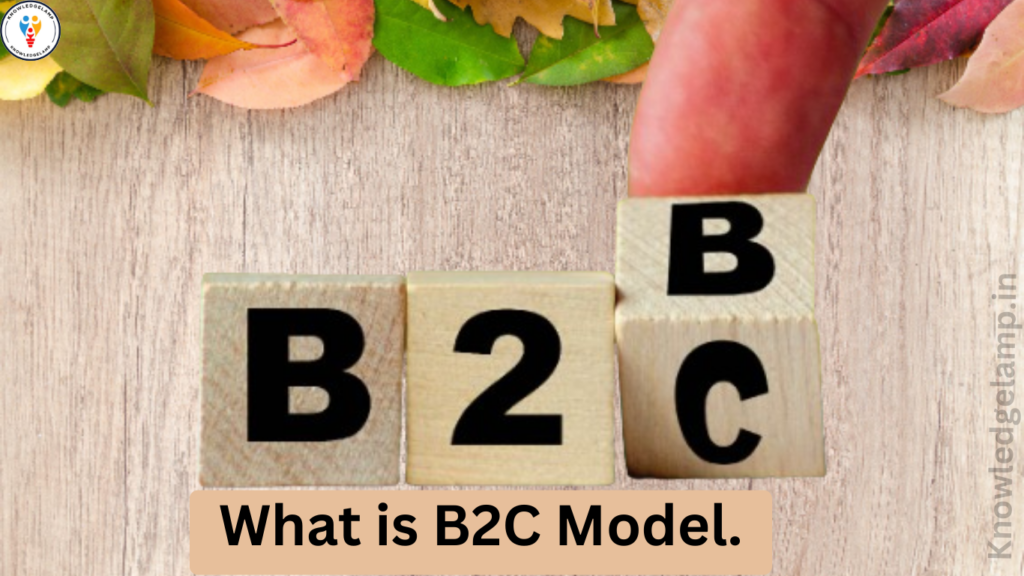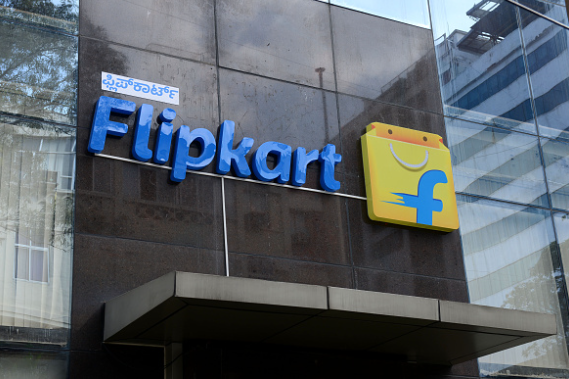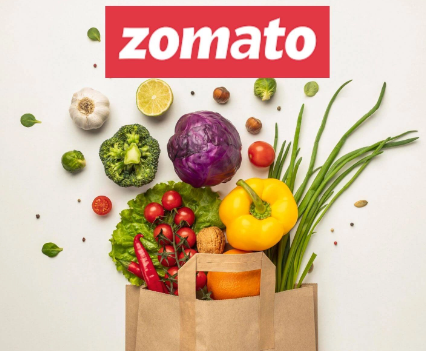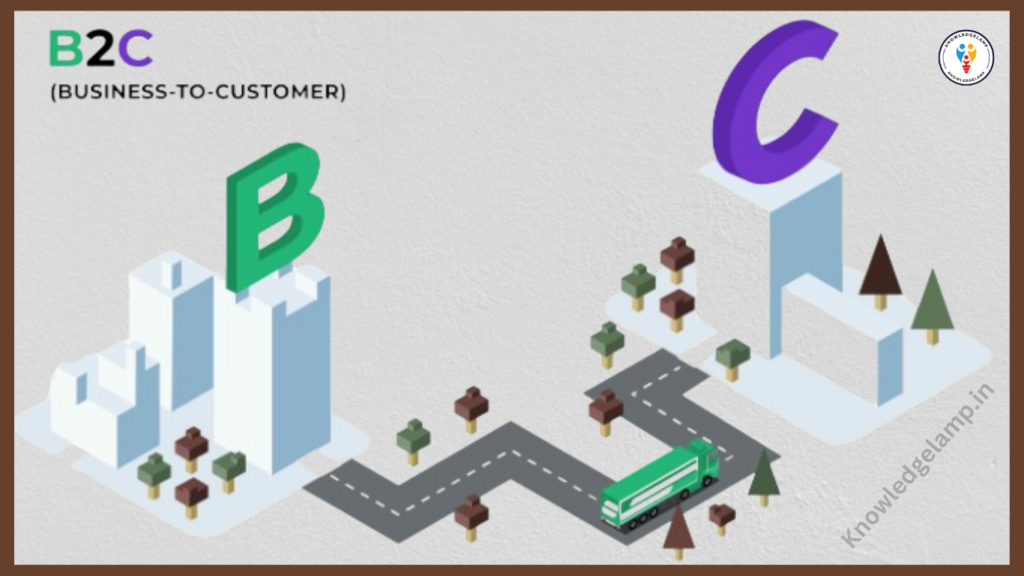
The B2C model, or Business-to-Consumer model, is a commerce model where businesses sell products, services, or information directly to individual consumers. In this model, the transactions typically occur through online platforms, physical retail stores, or direct sales channels. B2C transactions are characterized by a single buyer purchasing products or services for personal use rather than for resale or further processing. Examples of businesses operating under the B2C model include online retailers like Amazon, clothing stores, food delivery services, and entertainment streaming platforms like Netflix.
B2C Model History.
The B2C model has evolved significantly over time, especially with the rise of the internet and e-commerce. Here’s a brief overview of its history:
Early Commerce:- Before the internet era, B2C transactions primarily occurred through traditional brick-and-mortar stores and catalog sales. Consumers purchased goods directly from retail locations or ordered items from printed catalogs.
Emergence of E-commerce:- The advent of the internet in the late 20th century revolutionized the B2C model. In the mid-1990s, companies like Amazon and eBay pioneered online retail platforms, allowing consumers to browse, purchase, and receive products from the comfort of their homes.
Dot-com Boom:- During the late 1990s and early 2000s, the dot-com boom led to the rapid expansion of online businesses. Many companies launched e-commerce websites to capitalize on the growing popularity of online shopping.
Marketplaces and Aggregators:- Alongside individual online stores, marketplaces and aggregators emerged as prominent players in the B2C space. Websites like Alibaba, Etsy, and Airbnb provided platforms for both businesses and individuals to sell products, crafts, and accommodations directly to consumers.
Mobile Commerce (M-commerce):- The proliferation of smartphones and mobile devices further transformed the B2C landscape. Consumers could now shop conveniently from their mobile devices using dedicated apps or mobile-optimized websites, leading to the rise of mobile commerce.
Personalization and Data Analytics:- With advancements in technology and data analytics, businesses began leveraging consumer data to personalize marketing efforts and improve the shopping experience. Techniques like targeted advertising, recommendation engines, and personalized product suggestions became commonplace in B2C interactions.
Omnichannel Retailing:- As consumer preferences diversified, businesses adopted omnichannel retailing strategies to provide a seamless shopping experience across multiple channels, including online stores, brick-and-mortar locations, social media platforms, and mobile apps.
Sustainability and Social Responsibility:- In recent years, consumers have increasingly prioritized sustainability and social responsibility when making purchasing decisions. B2C companies have responded by integrating environmentally friendly practices, ethical sourcing, and corporate social responsibility initiatives into their business models.
B2C Marketing Strategies.
Social Media Marketing: Leveraging popular social media platforms like Facebook, Instagram, Twitter, and TikTok to engage with customers, share product updates, run targeted advertising campaigns, and build brand awareness.
Content Marketing: Creating and distributing valuable, relevant, and engaging content such as blog posts, videos, infographics, and eBooks to attract and retain customers, establish thought leadership, and drive organic traffic to the website.
Influencer Marketing: Partnering with social media influencers or celebrities who have a large and engaged following to promote products or services, generate buzz, and reach a wider audience.
Email Marketing: Sending personalized and targeted emails to customers and prospects to nurture leads, promote products, announce sales or special offers, and build customer loyalty.
Search Engine Optimization (SEO): Optimizing website content, structure, and metadata to improve visibility and ranking in search engine results pages (SERPs), driving organic traffic and increasing the likelihood of being discovered by potential customers.
Pay-Per-Click (PPC) Advertising: Running paid advertising campaigns on search engines like Google (Google Ads) or social media platforms like Facebook and Instagram to target specific demographics, interests, and behaviors, and drive traffic to the website.
Customer Loyalty Programs: Offering rewards, discounts, exclusive offers, or loyalty points to encourage repeat purchases, foster brand loyalty, and incentivize customers to engage with the brand.
User-Generated Content (UGC): Encouraging customers to create and share their own content such as reviews, testimonials, photos, and videos related to the brand or products, enhancing credibility, authenticity, and social proof.
Experiential Marketing: Creating memorable and immersive brand experiences through events, pop-up shops, interactive installations, and experiential activations to engage consumers on a deeper level and leave a lasting impression.
Examples of Successful B2C Businesses.

Amazon:-
Amazon is a leading online marketplace that offers a wide range of products including clothing, electronics, gadgets, and more.

Flipkart:-
Flipkart is a prominent online shopping platform in India that provides supply of various products such as clothing, electronics, gadgets, home appliances, etc.

Zomato:-
Zomato is an online food delivery service that allows users to order food from restaurants and have it delivered to their homes.

Spotify:-
Spotify is a significant streaming service that provides users with the convenience of enjoying various music and podcasts.
Success Stories of Small Businesses in B2C
Wardy Parker: Started in 2010 by four friends, Wardy Parker disrupted the eyewear industry by offering affordable, stylish glasses online. They implemented a direct-to-consumer model, cutting out middlemen and passing on savings to customers. Through innovative marketing and a socially conscious approach, they quickly gained traction and now have a loyal customer base.
Casper: Casper revolutionized the mattress industry by offering high-quality mattresses directly to consumers online, eliminating the need for traditional brick-and-mortar stores. They differentiated themselves through a hassle-free buying experience, offering a 100-night trial and free shipping. This approach helped them rapidly grow and become a leader in the online mattress market.
Dollar Shave Club: Founded in 2011, Dollar Shave Club disrupted the shaving industry by offering affordable, high-quality razors and grooming products through a subscription-based model. Their humorous marketing campaigns and focus on convenience resonated with consumers, leading to rapid growth and eventually being acquired by Unilever for $1 billion in 2016.
Allbirds: Allbirds gained popularity by creating comfortable and sustainable footwear made from eco-friendly materials like merino wool and eucalyptus fibers. Their commitment to sustainability and comfort resonated with consumers, leading to a cult-like following and significant growth in a highly competitive market.
Bombs: Bombs differentiated itself in the sock market by offering premium-quality socks with innovative features like arch support and blister tabs. For every pair purchased, they donate a pair to those in need, which resonated with socially conscious consumers. Through a strong online presence and word-of-mouth marketing, Bombs quickly became a leading sock brand.
Future of B2C Model.
The future of the B2C model is expected to continue evolving with advancements in technology, changing consumer behaviors, and market dynamics. Here are some key trends shaping the future of the B2C model:
Personalization: As consumers increasingly expect tailored experiences, B2C businesses will continue investing in personalization technologies. This includes leveraging data analytics, AI, and machine learning to deliver personalized product recommendations, content, and marketing messages based on individual preferences and behaviors.
Omnichannel Integration: B2C companies will further integrate their online and offline channels to provide a seamless shopping experience across multiple touchpoints. This includes integrating brick-and-mortar stores with online platforms, offering click-and-collect options, and providing consistent branding and customer service across all channels.
Mobile Commerce (M-commerce): With the proliferation of smartphones and mobile devices, M-commerce will continue to grow in importance. B2C businesses will optimize their websites and apps for mobile devices, implement mobile payment solutions, and leverage location-based services to enhance the mobile shopping experience.
Sustainability and Ethical Consumption: As consumers become more environmentally and socially conscious, B2C businesses will need to prioritize sustainability and ethical practices. This includes offering eco-friendly products, transparent supply chains, and initiatives to reduce carbon footprint and waste.
Voice Commerce: With the rising popularity of voice-activated devices like smart speakers and virtual assistants, voice commerce is expected to gain traction. B2C businesses will need to optimize their products and services for voice search and enable voice-based transactions to cater to this emerging channel.

Conclusion:
In conclusion, the B2C model is poised for continued growth and evolution in the coming years, driven by technological innovation, changing consumer behaviors, and market dynamics. Businesses operating in the B2C space must adapt to emerging trends such as personalization, omnichannel integration, mobile commerce, sustainability, and the subscription economy to stay competitive and meet the evolving needs of their customers.
Furthermore, the increasing importance of voice commerce, augmented reality, virtual reality, and blockchain technology presents both opportunities and challenges for B2C businesses to explore new avenues for customer engagement, enhance shopping experiences, and improve operational efficiency.
FAQ.
What is your return policy?
Our return policy allows you to return any unused or defective item within 30 days of purchase for a full refund or exchange. Please ensure the item is in its original packaging with all tags attached.
How long does shipping take?
Shipping times vary depending on your location and the shipping method selected. Typically, orders are processed within 1-2 business days, and standard shipping takes 3-5 business days. Expedited shipping options are available for faster delivery.
Do you offer international shipping?
Yes, we offer international shipping to select countries. Shipping rates and delivery times may vary depending on the destination. Please check our shipping information page for details or contact our customer service team for assistance.
What payment methods do you accept?
We accept various payment methods, including credit/debit cards (Visa, Mastercard, American Express), PayPal, and Apple Pay. Your payment information is securely processed, and we do not store any sensitive payment details.
How can I track my order?
Once your order has been shipped, you will receive a tracking number via email. You can use this tracking number to monitor the status of your delivery online. Alternatively, you can log in to your account on our website to track your order’s progress. If you have any questions about your order status, feel free to reach out to our customer support team for assistance.
